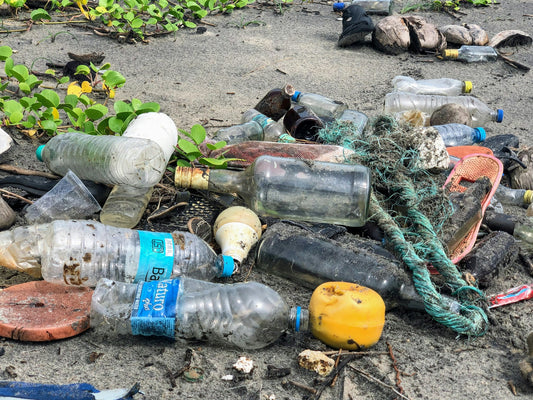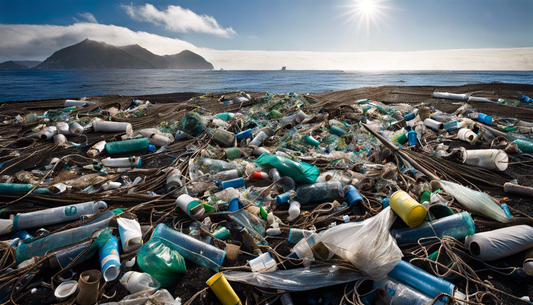Share
Winter Smog Returns to Delhi
Delhi's winter has brought back a thick blanket of smog, reducing visibility and worsening air quality. The city's Air Quality Index (AQI) has reached alarmingly high levels of 1,200 to 1,500, far exceeding the acceptable limit of 100. The smog is a toxic mix of pollutants, leaving residents breathless and struggling with ash-laden air.
Public Health Crisis and Daily Life Disruption
Schools are closed, and residents are advised to stay indoors. However, outdoor workers, such as laborers and rickshaw pullers, continue to work despite health risks. Hospitals are reporting increased cases of respiratory issues, while parks and public spaces are deserted.
Root Causes of the Pollution
Delhi's air pollution is caused by multiple factors:
- Crop Burning: Farmers in neighboring states burn crop stubble to clear fields, releasing smoke that settles over Delhi. Solutions like subsidies for machinery to reduce burning have had little implementation.
- Local Emissions: Vehicles, construction, and factories in Delhi contribute significantly to pollution.
Repeated Cycles of Blame and Inaction
Each year, pollution sparks public outrage, social media debates, and finger-pointing among politicians, but long-term solutions remain elusive. Activists cite a lack of coordinated efforts among governments and limited public protests despite the health emergency.
The Class Divide in Coping
While wealthier residents can escape the city, invest in air purifiers, or express their frustration online, poorer citizens endure the brunt of the crisis. Experts emphasize that pollution's slow impact on health reduces urgency, contributing to inaction.
Calls for Systemic Change
Experts stress the need for long-term solutions, including federal and state-level collaboration beyond party politics. Citizens must hold politicians accountable, and courts need to pass proactive orders before pollution peaks. Temporary measures, like banning construction, are insufficient to bring back clear skies.
Outlook: The Same Cycle Every Year
Despite decades of warnings, Delhi's smog crisis remains unresolved. The lack of structural changes and reliance on short-term measures offer little hope for an immediate return to blue skies.
We hope you enjoyed this article. Please feel free to leave a comment below if you want to engage in the discussion.
If you want to read more like this, make sure to check out our Blog and follow us on Instagram. If you are interested in truly sustainable products, check out our Shop.
Check out the original source here.








